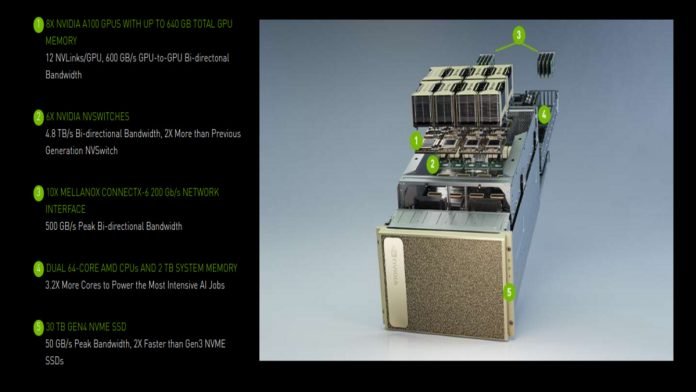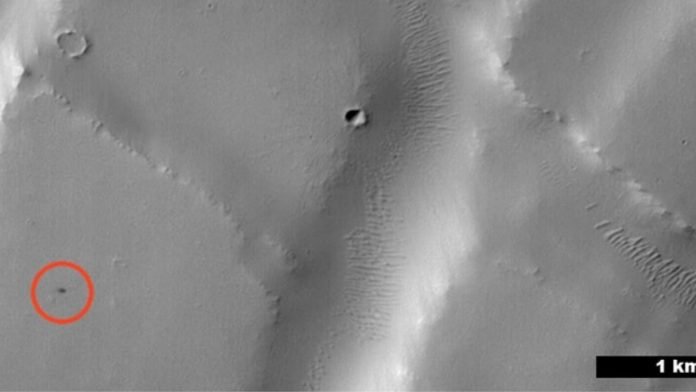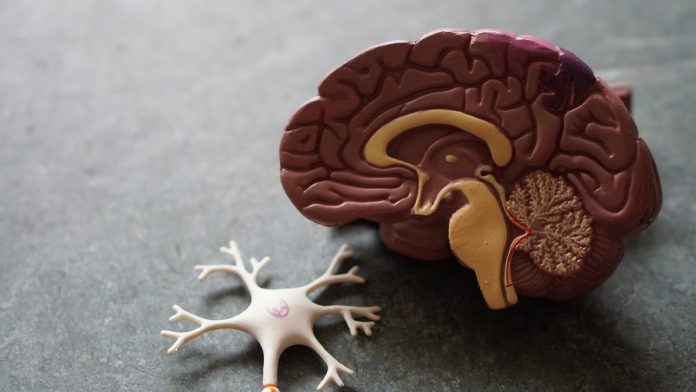Infosys has made a spectacular entrance into the global cloud-as-a-service arena by offering the Cobalt Applied AI Cloud, built on the latest NVIDIA DGX A100s. The company aims to make AI accessible within the workforce to drive AI-driven transformations for enterprises.
NVIDIA DGX™ A100 systems offer the necessary compute power for enterprise-level AI applications. The A100 systems are considered ‘Workstation in a box.’ They host 1 trillion transistors and offer 5Petaflops clock speed upfront. On top of it, NVIDIA’s inbuilt Multi-Instance GPU (MIG) technology further improves infrastructure efficiency and maximizes the utilization of each DGX A100 system. The systems will provide the required hardware and software stacks needed for over 100 project teams to simultaneously run machine learning and deep learning operations.
Charlie Boyle, Vice President and General Manager of DGX Systems at NVIDIA, said, “Many organizations are eager to infuse their business with AI but lack the strategic platform on which they can pool expertise and scale the computing resources needed to build mission-critical AI applications. Working with Infosys, we’re helping organizations everywhere build their own AI centers of excellence, powered by NVIDIA DGX A100 and NVIDIA DGX POD infrastructure to speed the ROI of AI investments.”
Also Read: Fractal Acquires Zerogons For Its Drag Drop Enterprise AI Platform
The developers and project teams of Infosys can access NVIDIA’s full-stack AI solutions to build services for enterprises. Teams can now develop AI services centrally or locally on any device without any lag. These services will deliver AI-first business processes for enterprises across private and public clouds. Businesses can use these Cobalt AI Cloud services to harness their data and curate data exchanges on the cloud to build and train their AI models. The AI cloud also offers the flexibility to build on top of with services delivered by any hyper-scale cloud provider, to scale and future-proof AI-powered transformation.
Balakrishna D.R., Senior Vice-president of Infosys’ AI & Automation Services, said, “For a long time now, AI has been playing a key role in shaping consumer experience. Cloud, data analytics, and AI are now converging to bring the opportunity for enterprises not just to drive consumer experience but reimagine processes and capabilities too. Infosys applied AI cloud, powered by NVIDIA DGX A100 systems, can help enterprises to quickly build on the opportunity while scaling with new technological advancements.”
Thanks to its recognition in NVIDIA PARTNER NETWORK, Infosys will garner the technical know-how to build NVIDIA DGX A100-powered applications. The premier ones are pre-built ready-to-deploy AI platforms and on-prem AI clouds for enterprises. Other offerings include licensed and open-source AI software-as-a-service (SaaS), models, and edge capabilities.










